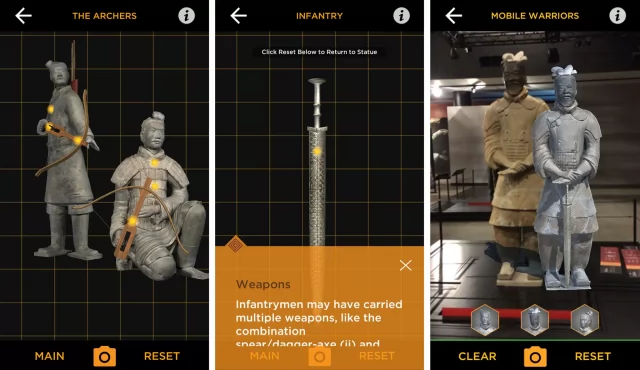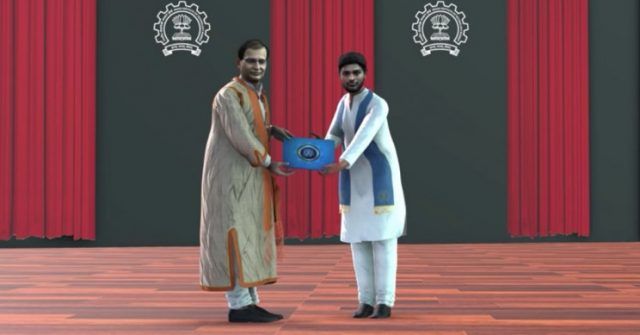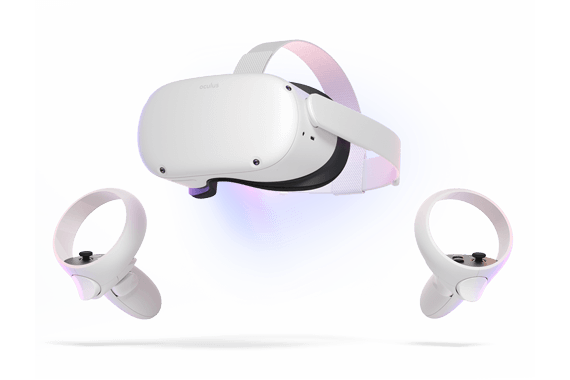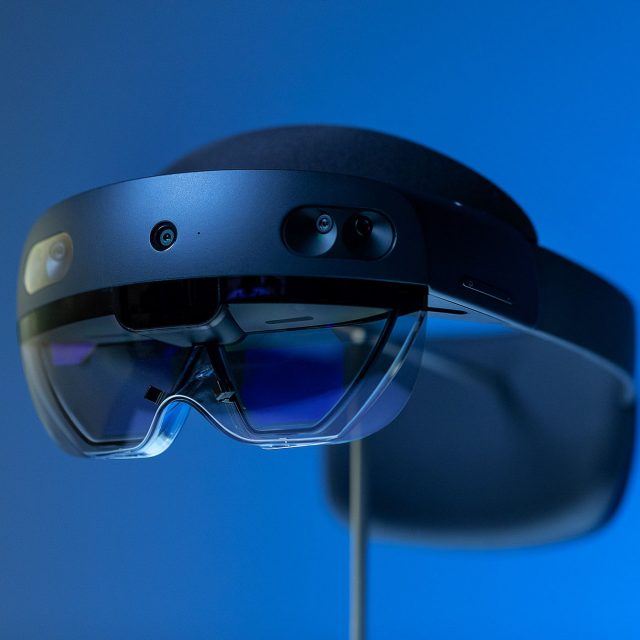I’ve been a music game player for more than 8 years, supposed to be picky enough about them. But I still could not forget the shock brought to me by the first sight of Beat Saber, so that whenever VR comes to my mind, Beat Saber comes up. And the first thing I did after switching to a 2060 PC, was to buy a VR device to play it.
Published since 2018, Beat Saber is now still a widely praised VR Game on Steam. The content of Beat Saber is good, but it couldn’t achieve such a huge success without VR. On my first sight of it, a player was like a brave warrior, wielding two fantastic red and blue swords, like sword-dance, nimbly avoiding the oncoming light wall, with gorgeous light effect and epic BGM sound effect. This sums up why Beat Saber is so enaging: the strong visual impact brought by VR, the wonderful interactive UI, and the sense of engaging rooted in a music game.
Immersive VR’s application
Too many wonderful music games I’ve tried, so that I won’t cast a glance at average ones. However, in Beat Saber, it differs. Vivid music blocks, FLY onto your face, and you waving your awesome lightswords, like dancing to the beat, especially in a unacquainted wonderland. What an impressive experience! And it’s what VR can offer, a fictional world full of fancy.
Less is more. Simple UI but a multisensory interation.
On the first sight of Beat Saber, you can find there are few words in it. Instead, you are embraced by a new music world where there are many instructions hiding in the properties of objects, from sight, hearing to touch. For example, the red/blue sword is to split red/blue blocks, arrows on blocks tell you in which direction to split them, feedback like an electric shock tell you bombs and walls are to elude, and etc. All of these make the game are easy to play, like you are born to know.
Sense of engaging rooted in a music game
Hearing plays an important in our life. Even without sight, simply a piece of music can make one feel sense of engaging. In some extend, “VR in sound” is the earlist and mature technology in VR developmenyt. As a music game, Beat Saber’s sound effect is no doubt excellent. In my opinion, when a VR application is able to offer me wonderful sight and hearing experience, it’s praisable enough.
Limitations of nowadays VR interation
Not just Beat Saber, nowadays many VR applications’ interation is limited to 6 DoF VR Controller. However, due to the limited technology of the current spatial positioning equipment, the interaction between the base station and the headset VR controller will cause disorder after the user moves his/her body greatly. During the game involving movement of entire body, users may find themselves gradually move to a direction where VR controllers don’t work well.
What’ more, space is much more expensive than VR equipments. These kinds of VR applications equire a lot of space, and in small rooms, such as bedrooms, it is difficult to play, likely to hit the furniture in the room. As a result, the highest cost of this game is to have a wide room rather than a VR device, which will make such kind of VR applications not applicable.
VR+X
In a conclusion, nowadays a successful VR application, in my opinion, should be a VR+X application. Only VR doesn’t work. When it combine with a good content, in this article, a wonder music game, it may be potential to gain a success.
Reference
[1] Dance Monkey • Expert • Beat Saber • Mixed Reality, xoxobluff, Youtube
[2] [Beat Saber] YOASOBI – Racing into the Night (Yoru ni Kakeru) Collaboration with MASO, Artemisblue, Youtube








